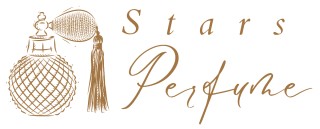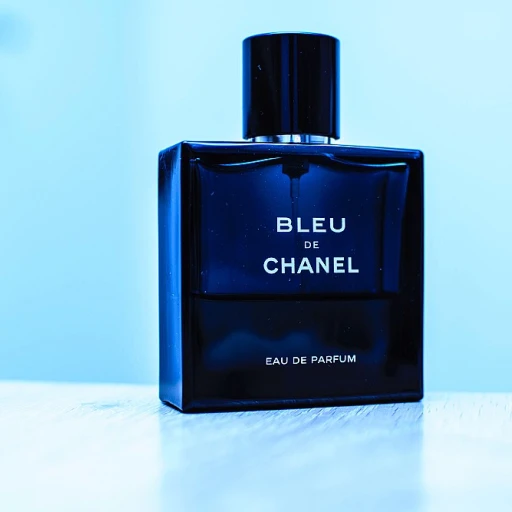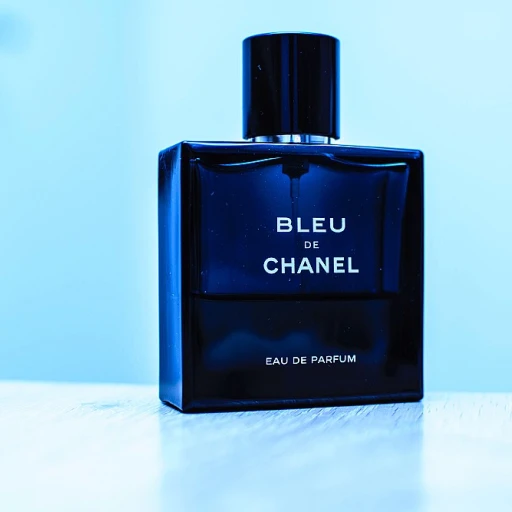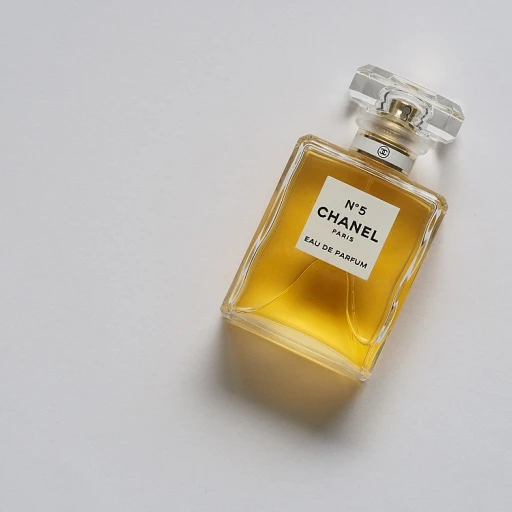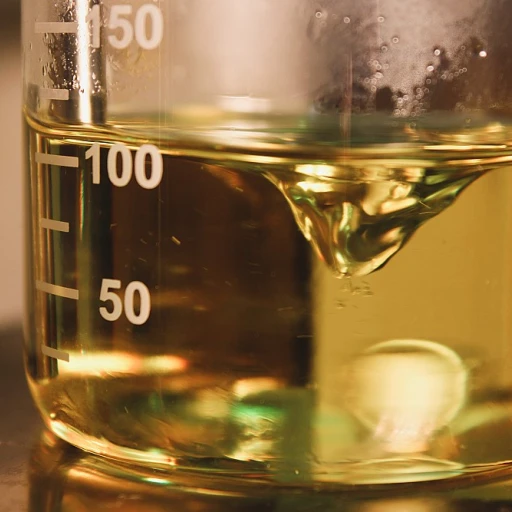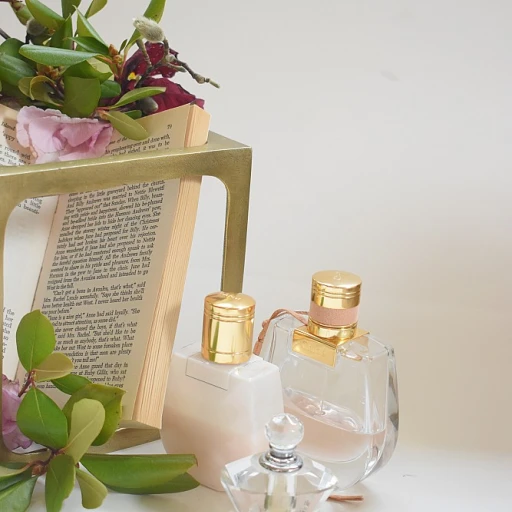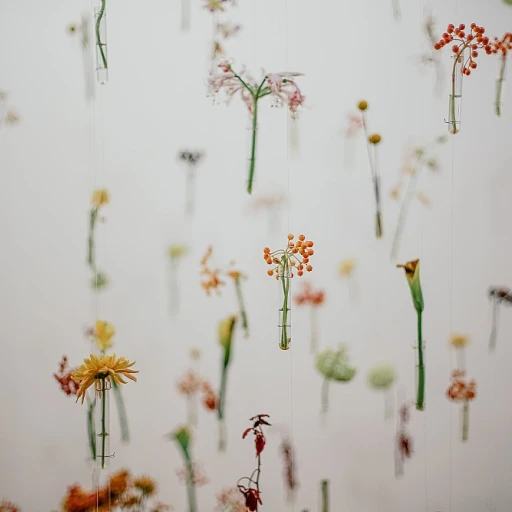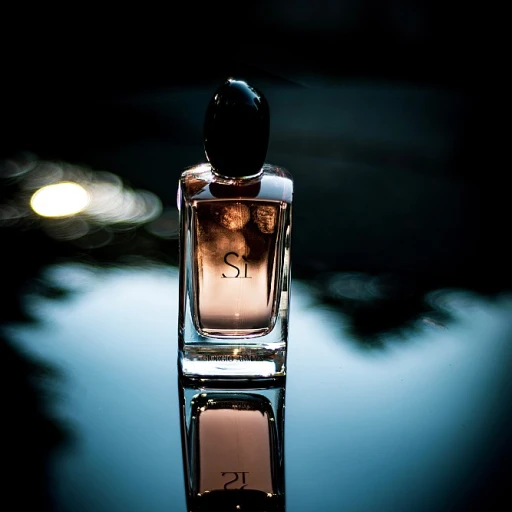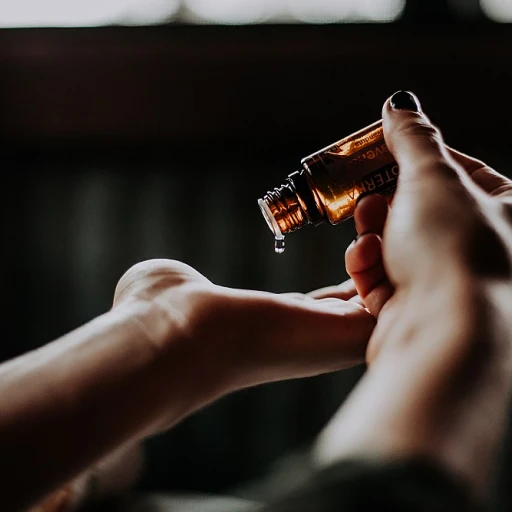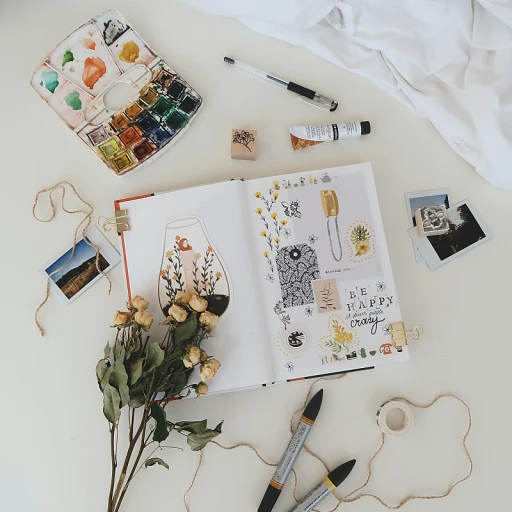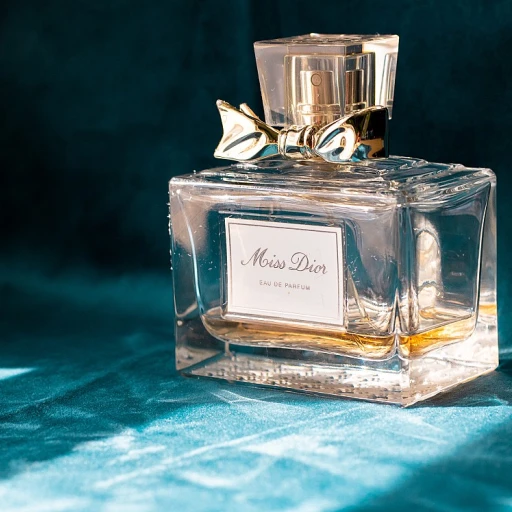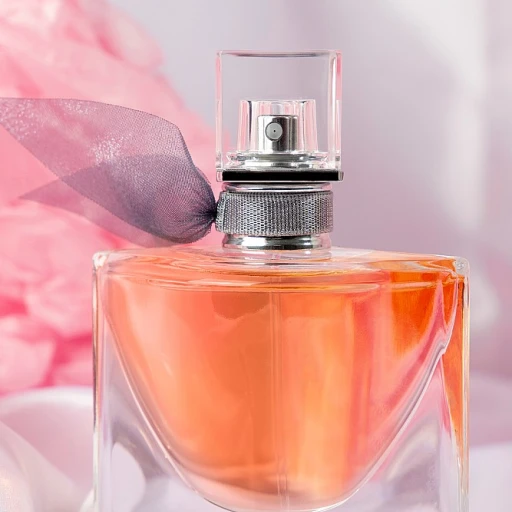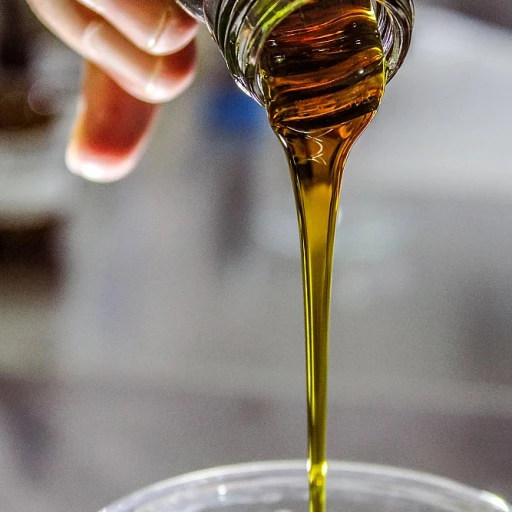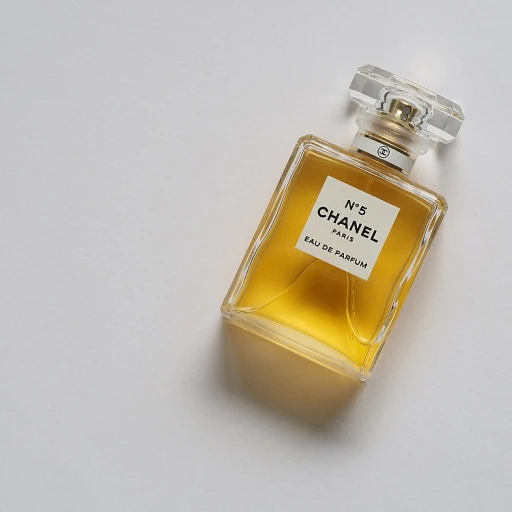
The Origins of Ylang Fragrance
The Beginnings of Ylang in the Fragrance World
The journey of ylang as a cherished note in the world of fragrance traces back to its tropical origins. Known scientifically as Cananga odorata, the ylang flower is native to the lush and vibrant landscapes of Southeast Asia. This exotic bloom, with its delicate, yellow petal structure, thrives best in regions like the Philippines, Indonesia, and Madagascar; these areas' rich soils and humid climates nurture the flower to perfection. Ylang finds its initial use in local customs and traditions. For years, cultures across Asia have steeped the flowers into their daily lives, incorporating them into ceremonies and offerings. It wasn't until these cultures' extensive trade routes exposed neighboring regions to ylang's alluring aroma that its international journey began. Initially, ylang's enchanting scent captivated explorers, who brought the flower's essential oils across the seas, transitioning them from local treasures to global sensations. These oils were among the first forms of ylang fragrance, capturing the flower's potent floral notes into versatile applications.
Today, ylang has secured its role among the best sellers in the perfume industry not only for its entrancing scent but also for its ability to blend seamlessly with other floral elements like jasmine. This transformative journey echoes throughout modern perfumery practices by adapting ylang bloom into diverse products such as eau de parfum, fragrance oils, and a myriad of niche perfumes.
Given its rich history, ylang continues to be a key component in contemporary fragrances, bridging the gap between age-old traditions and current olfactory trends. This enchanting bloom promises to fill the senses with a hint of the exotic, making it an unforgettable staple in the lexicon of scents that define perfume artistry today.
Initially, ylang's enchanting scent captivated explorers, who brought the flower's essential oils across the seas, transitioning them from local treasures to global sensations. These oils were among the first forms of ylang fragrance, capturing the flower's potent floral notes into versatile applications.
Today, ylang has secured its role among the best sellers in the perfume industry not only for its entrancing scent but also for its ability to blend seamlessly with other floral elements like jasmine. This transformative journey echoes throughout modern perfumery practices by adapting ylang bloom into diverse products such as eau de parfum, fragrance oils, and a myriad of niche perfumes.
Given its rich history, ylang continues to be a key component in contemporary fragrances, bridging the gap between age-old traditions and current olfactory trends. This enchanting bloom promises to fill the senses with a hint of the exotic, making it an unforgettable staple in the lexicon of scents that define perfume artistry today.The Scent Profile of Ylang
The Alluring Symphony of Ylang Fragrance
Ylang, the enchanting essential derived from the Cananga odorata tree, orchestrates a captivating fragrance profile that is both complex and delightful. This fragrant goldmine has enchanted perfumers for centuries, leaving an indelible mark in both traditional and modern perfume landscapes. At the heart of its allure lies an intoxicating blend of floral notes, rich and creamy, yet nuanced with undertones that are both sweet and slightly spicy. The fragrance ylang exudes is often likened to a bouquet of exotic flowers, infused with a hint of ripe fruitiness and subtle earthiness. This makes it a versatile component, harmonizing effortlessly with other floral scents such as jasmine and rose.- Floral and Fruit Notes: The primary scent ylang offers is a creamy floral aroma, often creatively combined with other floral fragrances for an opulent bouquet that enhances the allure of ylang perfumes and fragrance oils.
- Earthy Undertones: While at first, the ylang may present a sweet and intoxicating wave, the dry-down brings out its earthier elements, providing depth and complexity to the overall perfume.
Ylang in Modern Perfumery
The Floral Renaissance of Ylang in Contemporary Perfumes
In recent years, the captivating allure of ylang has experienced a resurgence in modern perfumery. Esteemed for its exotic and exotic ylang flower, its rich, sweetly intoxicating scent adds a unique dimension to various fragrances. As perfumers seek innovative ways to captivate our olfactory senses, ylang's distinct floral notes and versatility make it a cherished component in many perfume compositions.
Ylang, also known as cananga odorata, complements and enhances a myriad of fragrance families. Its vibrant oil fills a prominent role, weaving a thread of floral sophistication through eau parfum and other aromatic products. Known for its ability to blend seamlessly with other flowers like jasmine, ylang's scent often forms the heart of many best-selling perfumes.
Perfume creators value the ylang essential oil for its depth and complexity. The scent ylang provides is both sweet and slightly balsamic, creating an elegant backdrop against which other notes can shine. Its floral character is enveloped in warmth, making it a popular choice for both feminine and unisex fragrances. The integration of ylang fragrance oil into popular perfumes highlights how this element beautifully bridges classic and contemporary scent profiles.
In the quest for personalized creations, ylang essential has also made its mark in niche perfumery and DIY fragrance circles. Many enthusiasts explore the art of crafting their own signature scents, using ylang perfume as a cornerstone to achieve a balance of floral and oriental notes. This trend reflects a broader consumer desire for something unique yet connected to nature's fragrant bounty.
The modern-day embrace of ylang in perfumes showcases its enduring appeal. The marriage of tradition and innovation in perfumery finds a fragrant muse in ylang, ensuring that this beloved flower remains a staple of olfactory artistry for years to come.
The Role of Ylang in Aromatherapy
Embracing Ylang in Aromatherapy
Ylang, with its captivating floral scent, has long been a cornerstone in aromatherapy practices. This essential oil, extracted from the vibrant cananga odorata flower, offers a sweet and exotic aroma that many find calming and uplifting. As you delve into the world of ylang fragrances, you will discover how this seductive scent can transform your sensory experiences. This fragrant oil, acclaimed for its mood-enhancing properties, is often used to alleviate stress and promote relaxation. The rich, floral scent of ylang is reminiscent of jasmine and is praised for its ability to bring harmony and peace. When inhaled, the essential oil is believed to reduce anxiety and improve self-esteem, creating a serene ambiance in any space. Incorporating ylang into your daily routine can be as simple as adding a few drops of ylang essential oil to your diffuser. This will not only imbue your environment with its irresistible floral fragrance but also support emotional well-being. Moreover, ylang's unique scent profile plays a crucial role in calming the mind and synchronizing emotional imbalances. For those exploring the fusion of fragrances, combining ylang with other essential oils can yield a blend that is both refreshing and tranquil. Pairing it with lavender or bergamot enhances its soothing qualities, while ylang and sweet orange create a more invigorating concoction. These combinations cater to different moods and preferences, ensuring a personalized aromatic experience. With sustainable and ethical sourcing practices, ylang remains a favorite in the repertoire of essential oils. It encapsulates not only a world of fragrant allure but also a commitment to ecological preservation, making it a wise choice for both the mind and the planet.Sustainability and Ethical Sourcing of Ylang
The Path Towards Sustainability in Ylang Production
The cultivation of ylang flower, known scientifically as Cananga odorata, has seen a rising demand due to its significance in the fragrance and perfume industry. As the popularity of ylang-inspired fragrances continues to climb among consumers, the emphasis on sustainable and ethical sourcing becomes all the more crucial.
Sourcing ylang essential oil and fragrance oils in an environmentally friendly manner not only helps preserve this vital plant but also ensures the stability of the products’ price. Sustainable practices involve cultivating ylang trees in a way that preserves the natural ecosystem and supports local communities reliant on their growth. In many regions, this means adopting an agroforestry approach, which integrates ylang trees with other flora, such as jasmine, to enhance biodiversity.
Moreover, an ethical approach to sourcing these oils considers the fair treatment and compensation of workers involved in the ylang production process. Emphasizing fair labor practices helps maintain a balanced ethical environment and strengthens the integrity of the ylang fragrance market. Embracing these principles guarantees that the charm of ylang, with its floral scent, continues to permeate the olfactory world responsibly.
Organizations and individuals involved in the production of ylang perfumes and other aromatic products are beginning to champion these sustainable processes. This movement not only highlights the responsibility of preserving nature’s gifts but also aligns with consumer preferences for environmentally friendly and cruelty-free options in fragrances.
DIY Fragrance Creations with Ylang
Create Your Own Ylang Fragrance
If you're a fragrance enthusiast yearning to craft your own unique perfume, incorporating ylang can elevate your creation with its captivating floral allure. Here’s a simple guide to embarking on your DIY fragrance journey with ylang:- Gather Your Ingredients: Start with premium quality ylang essential oil, known for its rich floral notes that echo the essence of the cananga odorata flower. You’ll also need a selection of complimentary oils such as jasmine or orange to round out the fragrance profile, along with a base oil like jojoba.
- Crafting the Blend: To begin, fill a glass bottle with your base oil. Add drops of the ylang fragrance oil to the bottle, tracing the scent ylang journey from floral to spicy. Experiment with varying ratios until you discover a blend that complements your olfactory preferences.
- Test and Refine: Allow your concoction to sit for a few days to let the aroma develop. The interplay of floral notes and other oils can change over time. Smell ylang mingled with other essential oils to determine if adjustments are needed for achieving your desired scent profile.
- Bottling Your Creation: Transfer your crafted ylang perfume into an eau parfum bottle. This not only preserves your blend but also makes for a sophisticated display on your fragrance shelf.
- Consider Safety: Ensuring your product is free from allergens or adverse effects is vital. Conduct a patch test on your skin to verify there’s no irritation, particularly as ylang flower extracts can be potent.
